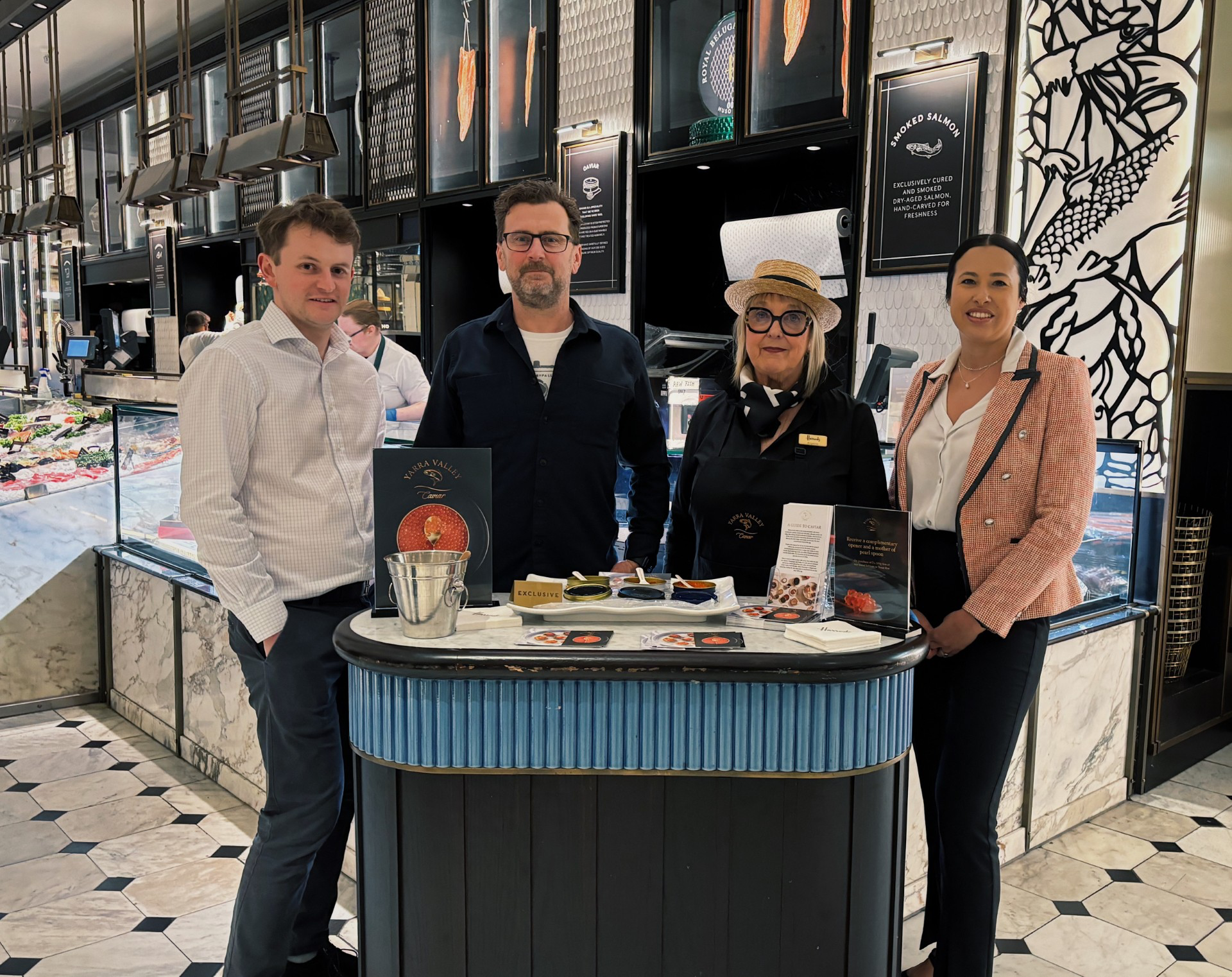A transformation and expansion of the Art Gallery of New South Wales into two buildings connected by a public art garden has won the ‘large-projects-over-$10m’ category in the inaugural Australian Steel Institute (ASI) Steel Sustainability Awards.
Almost doubling the exhibition space, the building project employed latest sustainable practices including reuse of materials and achieved world-leading 6-star Green Star accreditation.
Building services company Arup entered the project for the awards, with designer SANAA and Architectus as executive architects; Arup as engineer; Richard Crookes Constructions as head contractor; and SSA certified Samaras Structural Engineers as the steel fabricator.
The art gallery was one of six projects or initiatives honoured on February 20 for delivery of sustainable steel solutions in the Australian built environment.
The winners of the other three categories were:
- Umbagong District Park pedestrian bridges in the ACT (small projects under $10m). Designed to have minimal impact on the environment, the bridges project retained existing natural rock outcrops as structural foundations, minimising civil works, and reduced the use of reinforcing steel and concrete. Smaller steel member sizes were designed into typical and recurring modules, to allow manual handling of all components, totally eliminating the need for haul roads, crane pads and heavy machinery. A unique feature of the pedestrian bridges is the rusted finish, designed to complement the natural setting and colours of the Umbagong native grasslands, with corrosion protection only provided to the columns, bracing and fixings. SSA certified steel fabricator ACT Steelworks was the entering organisation, with architect TCL, engineer Sellick Consultants, and head contractor Complex Co making up the successful project team.
- The Road to Sustainability Through Good Health and Safety initiative (company or project initiative, large). Focusing on the physical and mental health of employees, this program provides data driven occupational health and safety solutions for sustainable outcomes. The program links effective health and safety practices directly with enhanced sustainability outcomes through minimising workplace accidents and hazards. By identifying and controlling safety risks, cost reductions in better managing wasted resources, pollution and inefficiencies are achieved. InfraBuild was the entering organisation.
- Shore Brace 400 hydraulic bracing system (company or project initiative, small). The Shore Brace 400 modular hydraulic bracing system provides a reusable hire solution to single-use bespoke steel walers, reducing waste. Designed and manufactured in Australia by Shore Hire, it is used to support rectangle, square or multi-sided excavations up to 20 metres without cross supports. The system is hot dip galvanised by Galserv to give the product a long and robust life. Galserv/NEPEAN Building and Infrastructure in Sydney was the entering organisation.
Highly commended project and initiatives were:
- New Fitzroy Bridge in WA. The project was highly commended for its indigenous community engagement and is an exemplar of how to achieve extraordinary social and economic benefits for remote community infrastructure. Due to damage sustained by ex-tropical Cyclone Ellie, the project was undertaken with significant challenges including remoteness and harsh weather. The team used weathering low-alloy steel as the strongest available and four to eight times more resistant to atmospheric corrosion, reducing the need for maintenance in the extreme heat and remoteness of the Kimberley site. Adopting a composite bridge solution allowed for a reduction in superstructure weight and easy transport over vast distances. Fitzroy Bridge Alliance was the entering organisation, with engineer BG&E, head contractor Fitzroy Bridge Alliance; and steel fabricator Civmec.
- Basic oxygen steelmaking (BOS) slag utilisation. The initiative was highly commended for its innovation in optimising waste streams for positive environment and economic impact. Waste slag produced during BOS has limited application. Innovative thinking and collaboration between multi-disciplinary teams has seen this waste charged into the blast furnace to substitute for raw materials and fluxes. Reduced consumption of dolomite, limestone, quartz, and iron bearing ores and pellets has delivered a cost reduction of $6m per annum and reduced the carbon footprint of large slag stockpiles resulting in reduced environmental impact in manufacturing. Liberty Primary Steel was the entering organisation.
The biannual awards cover the entire steel supply chain, including architects, designers, engineers, steel manufacturers, distributors, fabricators, processors, builders and constructors.
The ASI is the peak body for the Australian steel industry, proving education, advocacy and technical leadership to 5000 members and 500 companies nationally. Steel generates more than 100,000 jobs and $29b in annual revenue in Australia.
———————————————————————————————————————————







